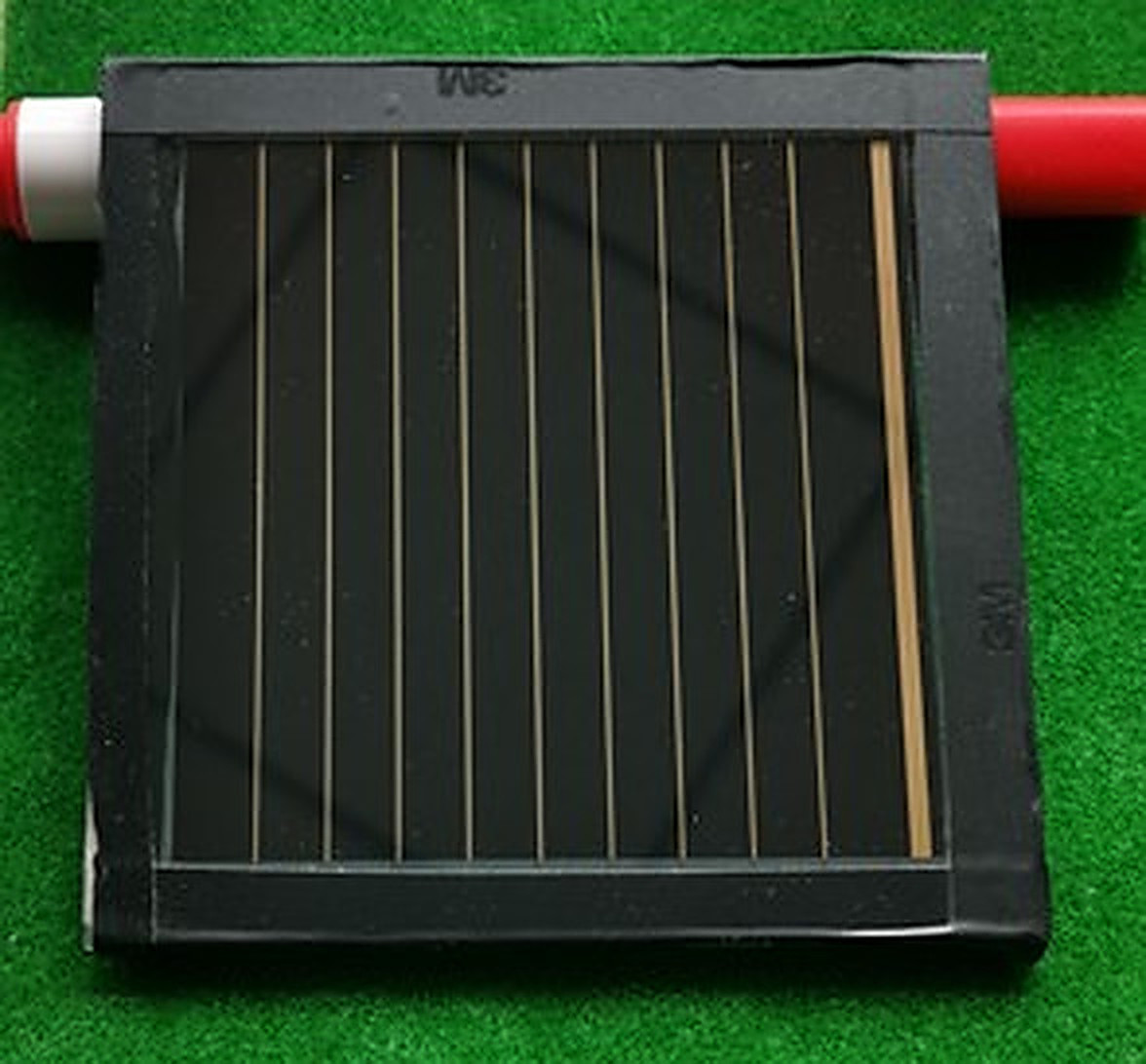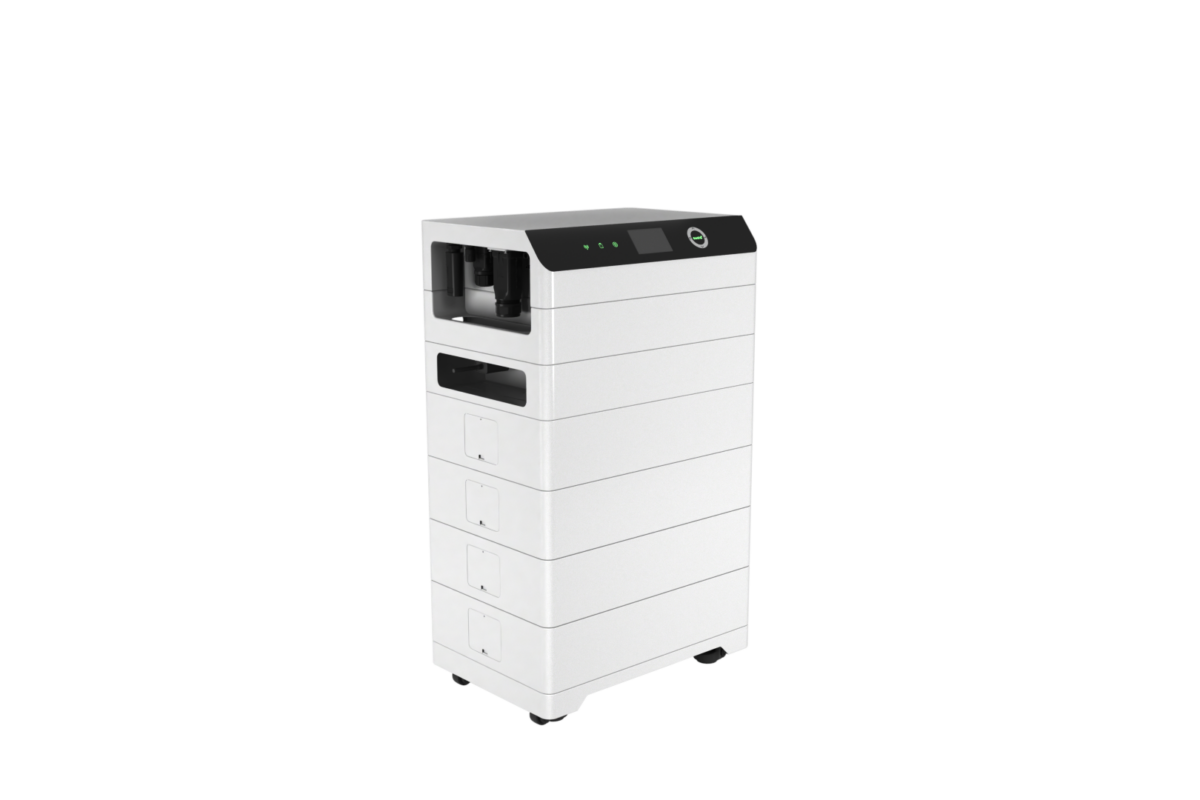Researchers from the Chinese Academy of Sciences have built a solar cell based on formamidinium-cesium (FA-Cs) iodide perovskite and a low-cost and stable carbon electrode. “We have developed a low-temperature-processed, full-carbon electrode to replace the widely used precious metal electrode, which can significantly reduce the cost and enhance the cell stability and thus can help accelerate the commercialization of perovskite solar cells,” the research's corresponding author, Qingbo Meng, told pv magazine. “Its estimated cost is ranging from RMB0.50 to RMB1 per Watt-peak (about $0.08-0.15) depending on the production processes and materials used. In the current lab stage, however, the cost should be a little higher.”
The researchers explained that FA-Cs perovskites have high thermal and operational stability and that, however, their crystallization process suffers from complicated intermediate phase transition processes, which leads to more defects on their surface. “This increases the difficulty of forming uniform perovskites, thus leading to … large lattice distortion, element segregation, and defect centers,” they emphasized.
The scientists used a dual-functional isobutylammonium isobutyldithiocarbamate (iBA-iBDTC), instead of a conventional isobutylammonium iodide (iBAI), as an additive to improve the FA-Cs perovskite's crystal growth and the cell passivation. “This dual-functional additive has also significantly enhanced the uniformity of the perovskite film to ensure high device performance when enlarging the cell area”, they stated. The solar cell was fabricated with a glass-coated substrate made of fluorine-doped tin oxide (FTO), a titanium dioxide (TiO₂) layer, a fullerene derivative layer, a film made of FA-Cs perovskite, a spiro-OMeTAD hole-blocking layer, and a gold (Au) metal contact.
The performance of the device was compared to that of a reference solar cell developed without the new additive. The iBA-iBDTC-based device was found to achieve a power conversion efficiency of 24.25%, an open-circuit voltage of 1.141V, a short-circuit current of 25.73mA/cm2, and a fill factor of 0.826. The control cell showed an efficiency of 22.39%, an open-circuit voltage of 1.113V, a short-circuit current of 25.76mA/cm2, and a fill factor of 0.781. “The charge, non-radiative recombination lifetime of the modified film exhibits a threefold enhancement,” the research group emphasized. “This helps to improve the carrier diffusion length of the perovskite film by about two times, indicating the defect induced charge loss is suppressed when the cell works.” The non-encapsulated FA-Cs iBA-iBDTC-modified device was also found to retain more than 95% of its initial efficiency after 1,000 hours of operation.
The academics used a conventional series-connected structure to fabricate a 4.5x4.5cm2 mini module with an active area of 10.4cm2 comprising four sub-cells, through a spin coating technique. The panel showed an efficiency of 20.5%, which they said is among the highest results for perovskite mini modules. “Overall, the exploitation of the cation-anion synergistic effect of these dual-functional additives provides more opportunities for promoting … PSC development and commercialization,” they concluded.
All the details on the solar cell and the related manufacturing approach can be found in the paper “Efficient, stable formamidinium-cesium perovskite solar cells and minimodules enabled by crystallization regulation,” which was recently published in Joule.
This content is protected by copyright and may not be reused. If you want to cooperate with us and would like to reuse some of our content, please contact: editors@pv-magazine.com.




4 comments
By submitting this form you agree to pv magazine using your data for the purposes of publishing your comment.
Your personal data will only be disclosed or otherwise transmitted to third parties for the purposes of spam filtering or if this is necessary for technical maintenance of the website. Any other transfer to third parties will not take place unless this is justified on the basis of applicable data protection regulations or if pv magazine is legally obliged to do so.
You may revoke this consent at any time with effect for the future, in which case your personal data will be deleted immediately. Otherwise, your data will be deleted if pv magazine has processed your request or the purpose of data storage is fulfilled.
Further information on data privacy can be found in our Data Protection Policy.